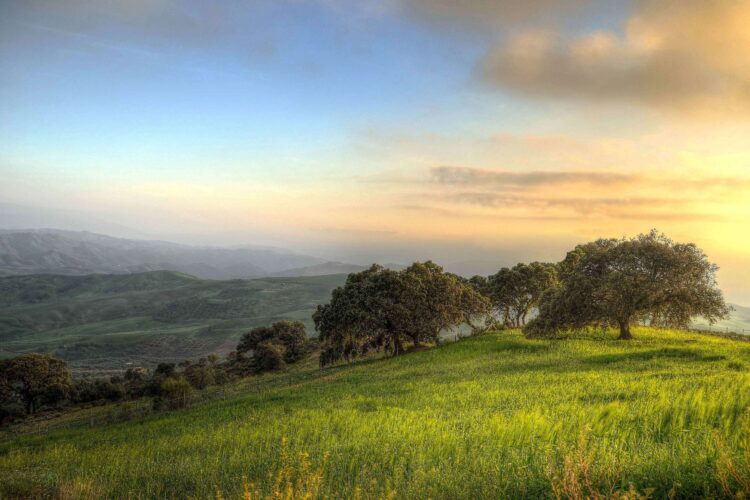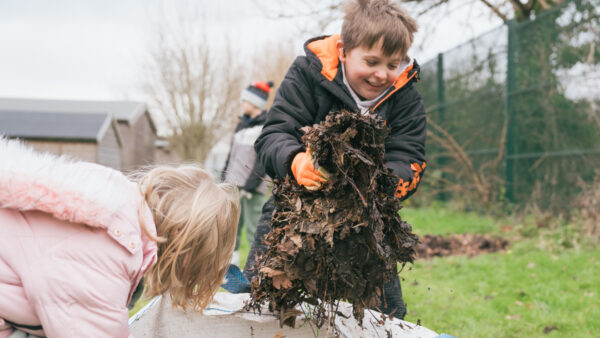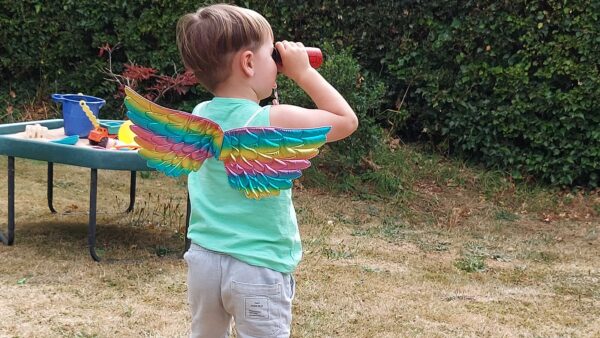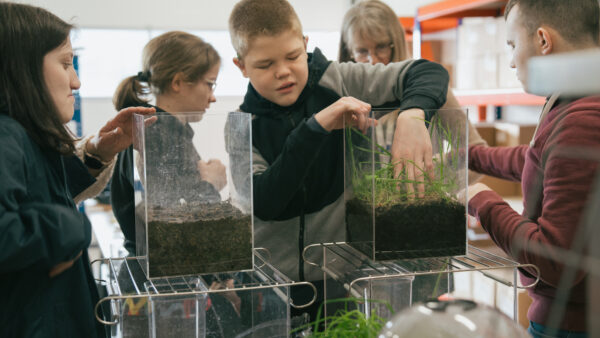It’s not what you look at its how you look at it
We all know that being outside in nature is good for us, especially if we can combine it with a walk, stroll or a sit on a bench. But have you ever considered whether you are getting the most out of your time outside? Are you really working your senses to reap all the benefits that contact with nature can bring?
A friend recently shared with me an interesting theory regarding gazing at the horizon. Our ancestors would have gazed at the horizon and widened their peripheral vision as much as possible in order to scan the landscape for threats. This act produces a calming effect, safe in the knowledge that no immediate action needs to be taken. If immediate action did need to be taken (say, in the form of an attack) then the field of vision would naturally narrow and the flight or fight stress response kicks into play.
It’s an interesting theory, but how does this fit in with the modern world and can just looking at something differently really have an impact on our emotional health and wellbeing?
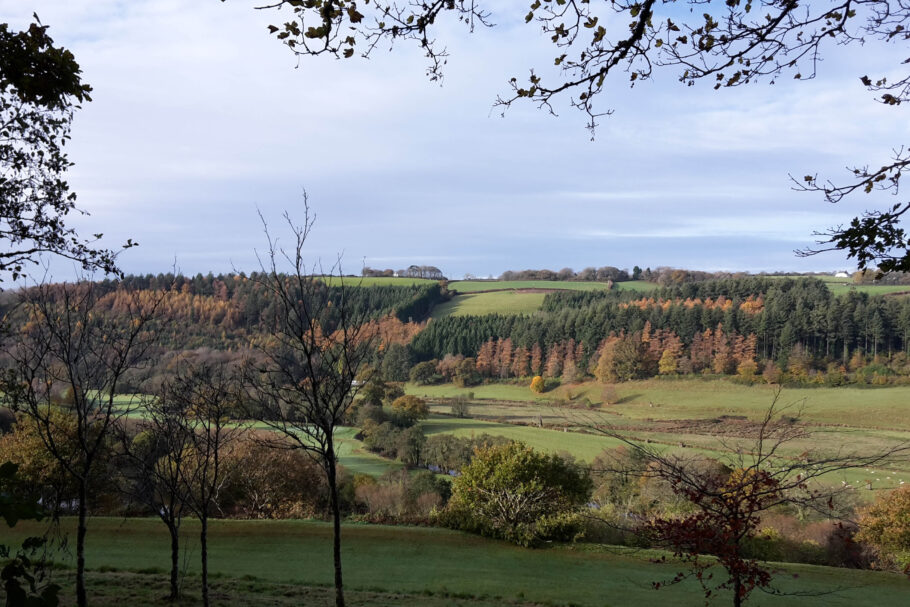
Your eyes do more than just see
Dr Andrew Huberman, a neuroscientist at Stanford has been studying the impact of vision and breathing on stress and the body for over 20 years. His research has revealed that when we look at something stressful (or exciting) our field of vision narrows so that one thing is in laser sharp focus and the rest is blurrier. Our eyeballs actually rotate slightly inwards towards our nose. In contrast by expanding our visual field the body is able to switch off the stress response.
So, to take this one step further we can induce a state of calm and reduced stress by allowing our eyes to relax and take in a wider panorama or view. Forget focusing on one thing and instead broaden your horizon.
"If you keep your head still, you can dilate your gaze so you can see far into the periphery—above, below and to the sides of you. That mode of vision releases a mechanism in the brain stem involved in vigilance and arousal. We can actually turn off the stress response by changing the way that we are viewing our environment, regardless of what’s in that environment."
Dr Andrew Huberman
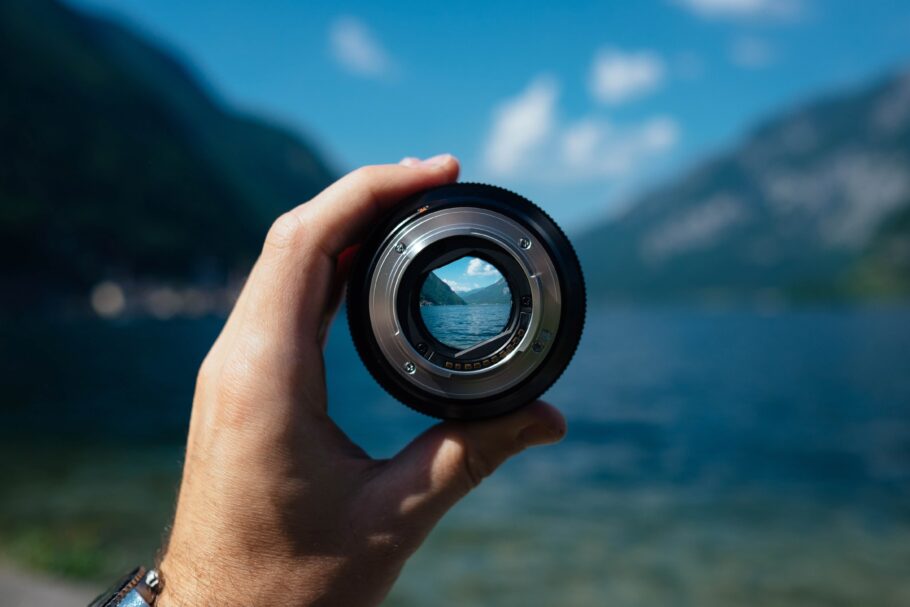
Introducing the other senses
And it’s not just sight that can impact our state of wellbeing. Consider how many times you have been for a walk to ruminate on an issue and found yourself so lost in thought that you don’t remember anything about your walk, what you’ve seen, heard, or smelled. Did you even look up? With the ever-daily stresses of life it’s all too easy to get caught up in our problems, listening to our internal chatter and not permitting ourselves time to switch off and calm down.
By stopping and engaging our senses we can gain perspective, live in the moment and enjoy noticing tiny details that may otherwise have passed us by. Focusing on one sense at a time can be a great way to start. Stopping and taking in the sounds around you, focusing on how the air feels as you move through it or perhaps running your hand through long grass. Each sense triggers a different part of the brain and acts to ground us, connect us and helps us to be present in the moment.
Sensory Trust specialises in providing a range of sensory rich activities and resources suitable for all ages and abilities from sound maps to texture journeys and much more.
